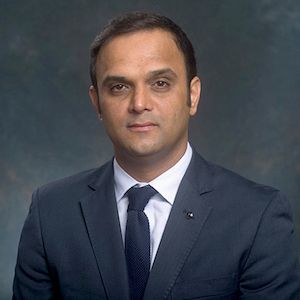Video
Anisha Dua, MD, MPH: Past, Present, and Future of Rheumatology Education
Author(s):
Anisha Dua, MD, MPH, emphasized the looming workforce shortage, the challenges of attracting medical students to this field, and how practices changed during the COVID-19 pandemic.
In an interview with HCPLive, Anisha Dua, MD, MPH, associate professor at Northwestern University, discussed her Rheumatology Winter Clinical Symposium (RWCS) presentation, “Rheumatology Education – past, present and future.”
Dua, the program director at Northwestern University, has a vested interest in education.
“I've always been interested in the history of medical education,” Dua explained. “But there have been so many changes in the way that we think about education. How medical education has evolved over centuries is really fascinating.”
Historically, education was conducted through apprenticeships, with residents expected to live in the hospital. More recently, education has focused more on the memorization of clinical facts.
Dua emphasized the looming workforce shortage, the challenges of attracting medical students to this field, and how practices changed during the COVID-19 pandemic, particularly regarding the influx of Zoom meetings and virtual conferences.
“How do we leverage certain parts of technology moving forward with the new generation of learners who are going to be the future rheumatologists and engage them in ways that they like to learn, which are very different than we're used to?” Dua wondered. “Reading a textbook from front to back is not going to fly with this generation. How do we keep them engaged and give them the feedback that they need to grow and become our future workforce?”
She believes that the future is bright for rheumatology education. Candidates are increasingly interested in rheumatology, in part due to the growing amount of research and medication options available for patients. However, the funding for fellowships is limited and expanding fellowship programs is crucial. She predicts changes in the way that medical students are taught, including how to effectively use telehealth.
“As the population ages, and as we come up with better therapies for these diseases, patients are living longer with them,” Dua explained. “So, the patient volume is like consistently increasing from many different angles, but the workforce is not. It's actually decreasing.”
In terms of workforce expansion, she believes that innovative ways to educate trainees and increasing fellowship opportunities will ultimately help draw people into this field.





